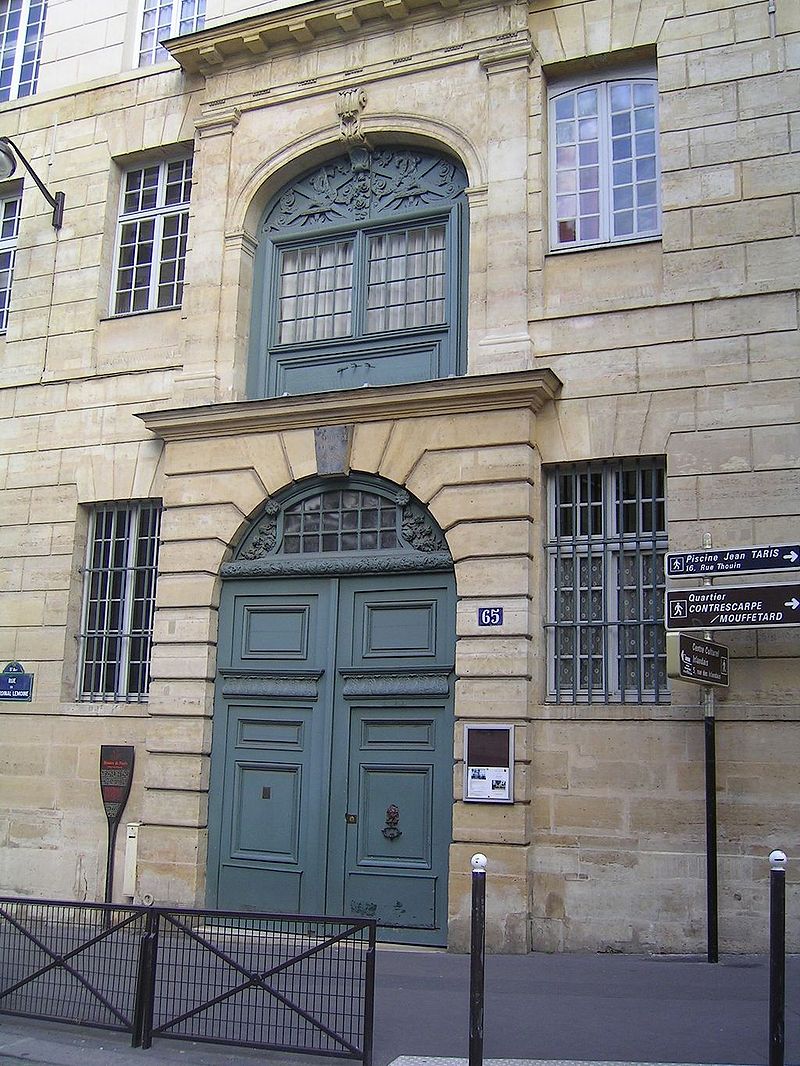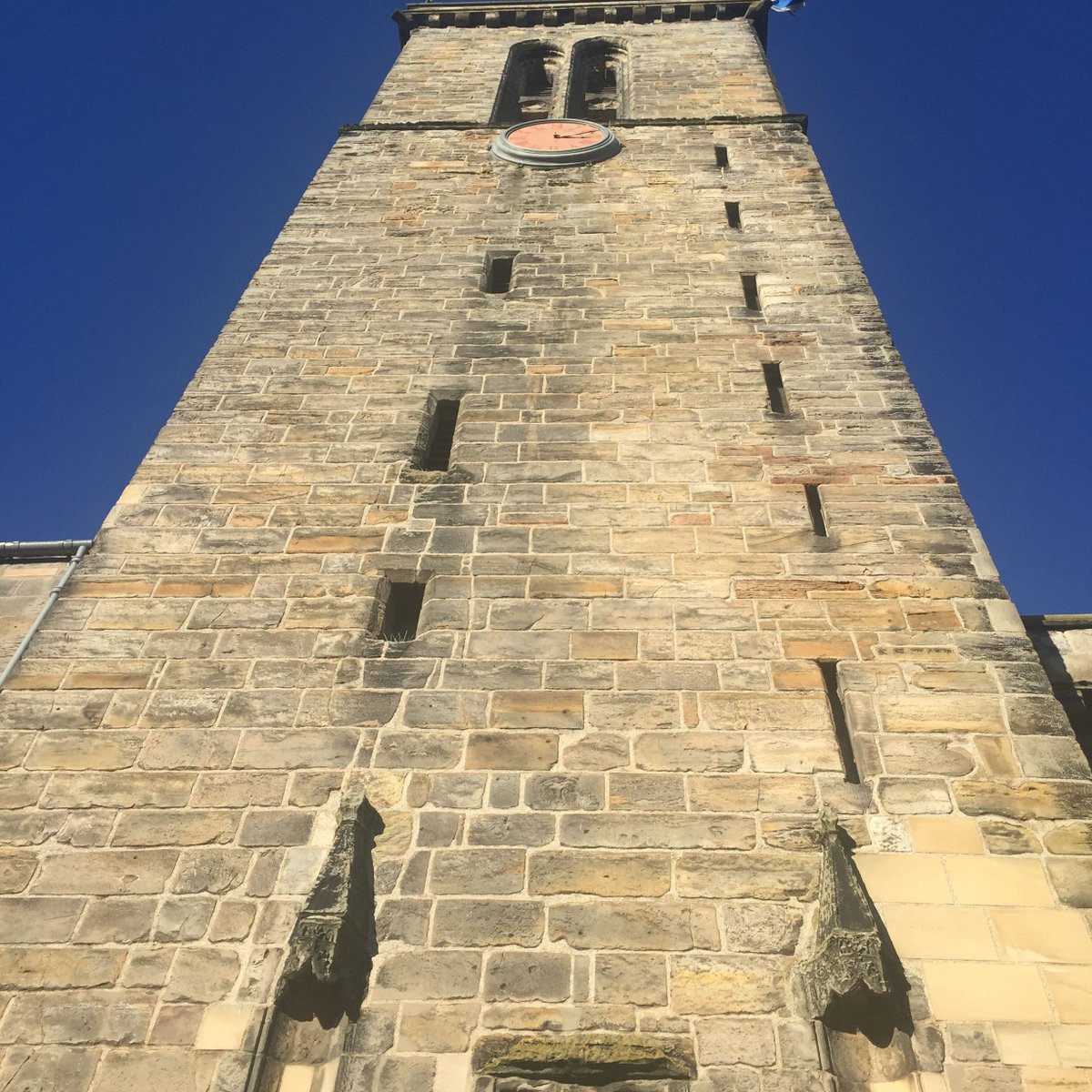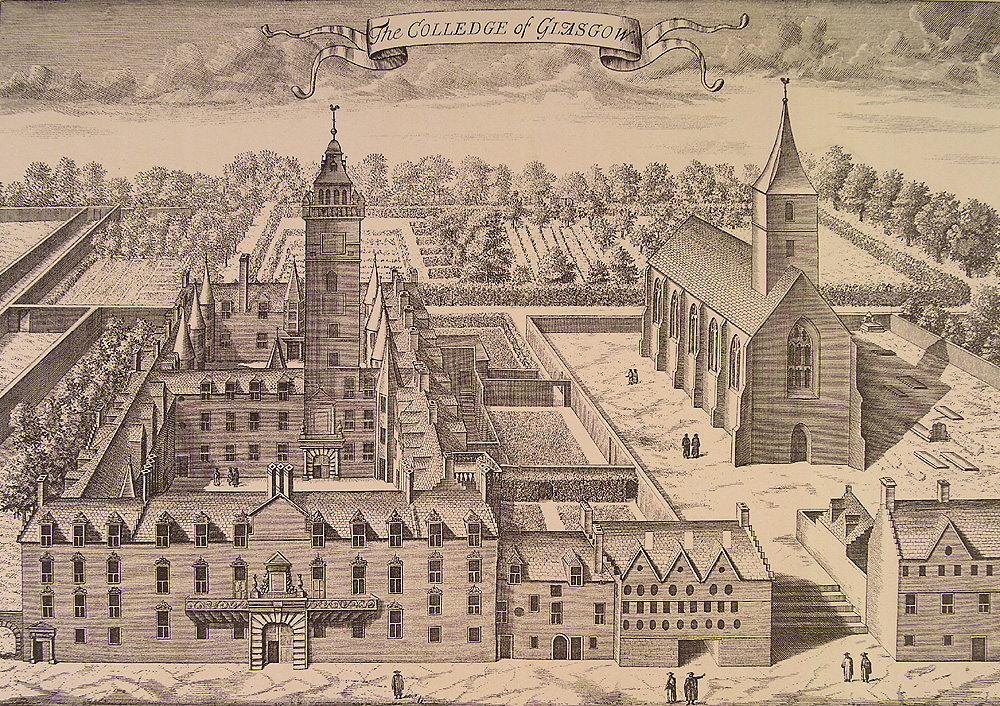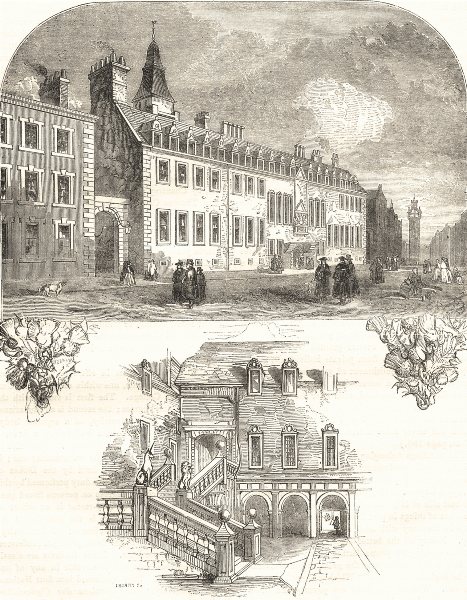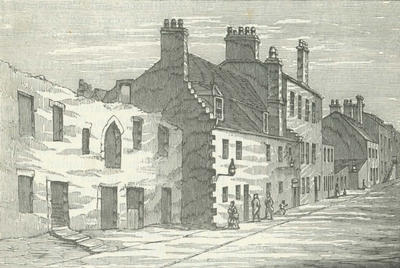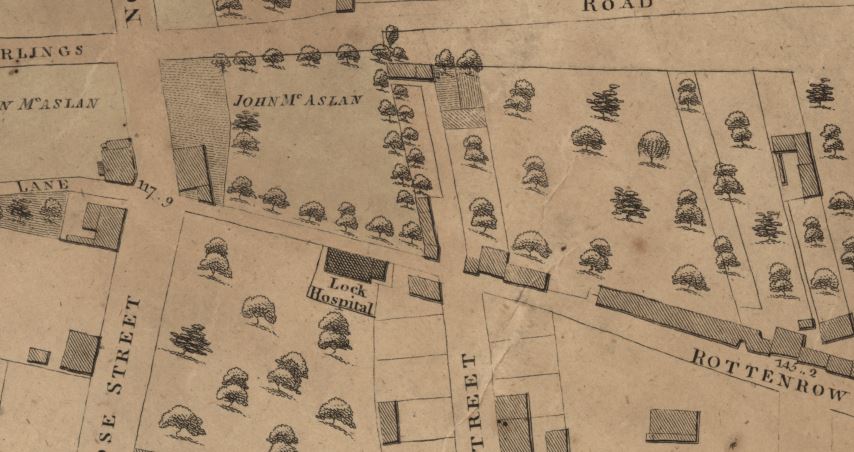By PROFESSOR GLAISTER.
THE fifteenth century saw the awakening of a desire
for acquisition of learning and the quickening of the revival of letters. This resuscitation of learning on the Continent of Europe was largely due to the
influence of the Church, doubtless aided by the
THE fifteenth century saw the awakening of a desire
for acquisition of learning and the quickening of the revival of letters. This resuscitation of learning on the Continent of Europe was largely due to the
influence of the Church, doubtless aided by the
dispersal of Greek scholars throughout the countries
of Europe, and especially into Italy, by the capture
of Constantinople from the Greeks in 1453 and the
overthrow of the Greek Empire.
During previous centuries the lamp of learning was kept burning in the cloister and cell
of Europe, and especially into Italy, by the capture
of Constantinople from the Greeks in 1453 and the
overthrow of the Greek Empire.
During previous centuries the lamp of learning was kept burning in the cloister and cell
of monastery and priory, and there were books made
and copied, as well as richly illuminated missals for use in the service of the Church. Several Universities were founded in Italy and in Europe generally
about this period. In England flourished in stately
solitariness the
and copied, as well as richly illuminated missals for use in the service of the Church. Several Universities were founded in Italy and in Europe generally
about this period. In England flourished in stately
solitariness the
ancient foundations of Oxford and Cambridge.
During this century Scots could be found abroad
studying at Continental centres of learning absorbing the lore of the times. In 1326 the Bishop of Moray founded in Paris the Moray College for students from his own diocese in
During this century Scots could be found abroad
studying at Continental centres of learning absorbing the lore of the times. In 1326 the Bishop of Moray founded in Paris the Moray College for students from his own diocese in
northern Scotland,
and this was opened later to all students from Scotland, and came thereafter to be known as the Scots College. *
Notwithstanding the difficulties and perils
of travel in this as in other countries, students from
Scotland were to be found pursuing their quest
and this was opened later to all students from Scotland, and came thereafter to be known as the Scots College. *
Notwithstanding the difficulties and perils
of travel in this as in other countries, students from
Scotland were to be found pursuing their quest
for knowledge at the University of Paris and elsewhere,
and, prior to the foundation of Universities in
Scotland as well as later, students of medicine in
particular attended at the Universities of Padua,
Louvain, Montpellier, Utrecht, Leyden, and others.
It has been suggested
and, prior to the foundation of Universities in
Scotland as well as later, students of medicine in
particular attended at the Universities of Padua,
Louvain, Montpellier, Utrecht, Leyden, and others.
It has been suggested
that the establishment of
Universities in Scotland would have come earlier
had it not been for the War of Independence, for
the Scots were ever eager for knowledge.
Universities in Scotland would have come earlier
had it not been for the War of Independence, for
the Scots were ever eager for knowledge.
*The Scots College (Latin: Collegium Scoticum; French: Collège des Écossais) was a college of the University of Paris, France, founded by an Act of the Parlement of Paris on 8 July 1333. The act was a ratification of an event that had already taken place, the founding of the
Collegium Scoticum, one of a number of national colleges into which the University was divided. The Scots College came to an end in 1793 when the National Convention abolished the colleges and reorganized the University along different lines.
However that may be, the crave for learning in
Scotland was first satisfied in part by the founding
of the University of St. Andrews in 1411, the credit
being due to Henry Wardlaw, then Bishop of that
city. As the Church was then the chief fountain of
knowledge as well as of
Scotland was first satisfied in part by the founding
of the University of St. Andrews in 1411, the credit
being due to Henry Wardlaw, then Bishop of that
city. As the Church was then the chief fountain of
knowledge as well as of
Forty years later, however, Glasgow
was placed in a like position. Bishop William
Turnbull, then Bishop of Glasgow, and a strong
supporter of James II against the aspiring house of Douglas, obtained a charter from that monarch
raising Glasgow to the rank and position of a
was placed in a like position. Bishop William
Turnbull, then Bishop of Glasgow, and a strong
supporter of James II against the aspiring house of Douglas, obtained a charter from that monarch
raising Glasgow to the rank and position of a
burgh of regality. Before this Turnbull had been Archdeacon of St. Andrews, and it is more than probable,
from what he saw of the results of the foundation of a University in that city, he was inspired to ask
further favours of James II and to solicit his
powerful influence
from what he saw of the results of the foundation of a University in that city, he was inspired to ask
further favours of James II and to solicit his
powerful influence
in seeking from Pope Nicholas the Fifth a Pope who had shown himself devoted to the spread of learning the authority to found a University in Glasgow. Accordingly, when so solicited by the King, Pope Nicholas issued a Bull,
dated 7th January, 1451, creating in
dated 7th January, 1451, creating in
Glasgow a " studium generale "
equally for theology and canon and civil law as for Arts and any other faculty.
The Pope, who himself had been a student of the
University of Bologna, ordained that the newlyfounded University of Glasgow and its officials should enjoy all the
equally for theology and canon and civil law as for Arts and any other faculty.
The Pope, who himself had been a student of the
University of Bologna, ordained that the newlyfounded University of Glasgow and its officials should enjoy all the
same privileges, honours, immunities, and liberties as those of Bologna. It has been conjectured, owing to the remarkable similarity of the first statutes of the new University with those of Louvain University that even Bologna itself was regulated by the rules of Louvain.
As a reason for this conjecture, it is pointed out that the members of the new University of Glasgow were divided into "nations," and that in the " nations " was vested
the right of electing a Rector, a rule and practice
which have been followed down through the centuries
the right of electing a Rector, a rule and practice
which have been followed down through the centuries
until the present day.
In any case, the Pope appointed Bishop Turnbull
and his successors in office in Glasgow to rule as chancellors, with the same authority over doctors,
masters, and students as the rectors had at Bologna.
and his successors in office in Glasgow to rule as chancellors, with the same authority over doctors,
masters, and students as the rectors had at Bologna.
Following on this Bull, James II. in his turn issued a letter under the Great Seal, dated at Stirling on 20th April, 1453, in which he gave his protection to the University and its officials, and exempted them prelates only excepted from all manner of taxes etc, within the
realm. It is noteworthy that in this letter the King designates the new institution by the name which through all the centuries of its existence it has borne, the University of Glasgow.
As might be expected under the circumstances,
the lectures given in the earlier days of the new
institution were chiefly, if not entirely, on theology
and canon and civil law, and these were delivered
at first in the chapter-house of the Friars Preachers
(Dominicans).
the lectures given in the earlier days of the new
institution were chiefly, if not entirely, on theology
and canon and civil law, and these were delivered
at first in the chapter-house of the Friars Preachers
(Dominicans).
The Faculty of Arts was the first to receive a definite constitution. The members of it elected a Dean annually, made laws for its own government, and acquired property. Bachelors' degrees were conferred and Licentiates and Masters of Arts created, these being duly
recorded in the register of the faculty, and not in that of the University itself. The first general chapter of the
university was held in the chapter-house of the Friars
Preachers in 1451, when forty members were entered,
the name eleventh on the list being that of
university was held in the chapter-house of the Friars
Preachers in 1451, when forty members were entered,
the name eleventh on the list being that of
William Elphinstone, the father of the more famous Bishop
Elphinstone of Aberdeen. Mr. David Cadzow, then precentor of the Cathedral, was appointed first Rector. The meeting of the following year was held in the presence of the Bishop, the ex o-fficio chancellor, in the
Elphinstone of Aberdeen. Mr. David Cadzow, then precentor of the Cathedral, was appointed first Rector. The meeting of the following year was held in the presence of the Bishop, the ex o-fficio chancellor, in the
chapter-house of the Cathedral, which was thereafter till the Reformation the place of annual meeting. The first Dean of the Faculty of Arts was William Elphinstone, then Canon of Glasgow, above-named, and he was appointed in 1451. Soon after 1453 a house known as
the " paedagogium " was used as the place of residence for students, wherein also the classes in Arts were held. This is believed to have been a building in the Rottenrow, known for long afterwards as the" auld Pedagogy," and long since removed, which stood on a part of the

 Read on Twitter
Read on Twitter
